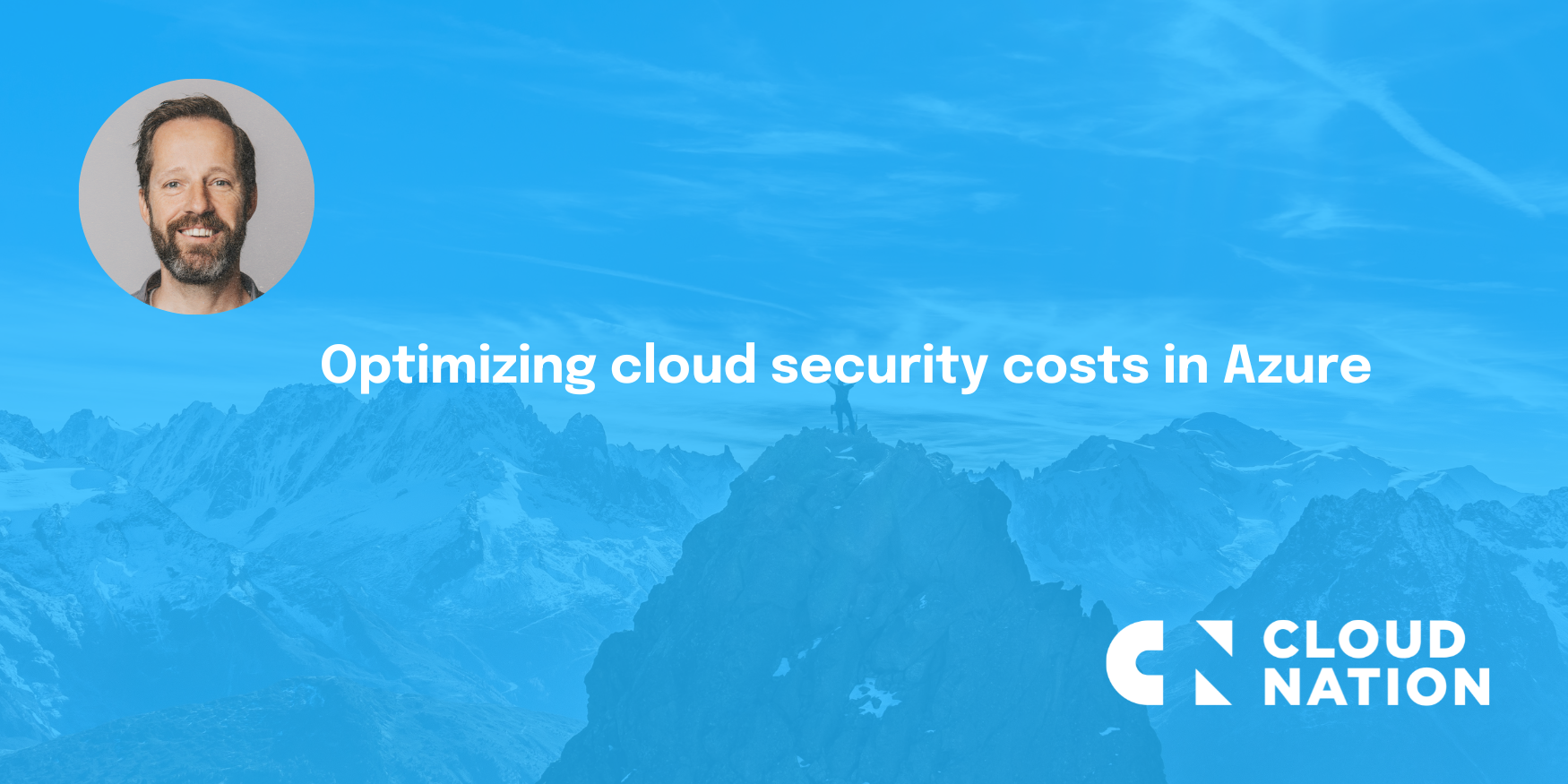The migration to the cloud has been revolutionary for businesses. Companies have embraced the cloud's potential, driven by factors like cost-effectiveness (due to economies-of-scale and pay-as-you-go models), flexibility, and scalability to adapt to changing business needs and demands. No longer burdened by upfront hardware costs and limited infrastructure, businesses have seen a surge in efficiency and innovation precipitating for a faster time-to-market.
However, the initial excitement of cost savings can sometimes be overshadowed by the reality of ever-growing cloud bills. Businesses that have moved to the cloud might be surprised to find their cloud expenses exceeding on-premises costs, and this can be a source of frustration. But let us not hit the brakes on your cloud journey yet.
Let us explore some strategies together to optimize your cloud spending and ensure the cloud remains a cost-effective advantage.
Definition
There are two crucial concepts at play: cloud cost management and cloud cost optimization. These terms are used interchangeably and, whilst related, serve different purposes within the context of managing cloud resources efficiently and effectively.
Cloud Cost Management encompasses the overarching business processes, strategies, and tools that organizations employ to manage their cloud spending. It involves activities such as budgeting, forecasting, cost visibility, accountability, monitoring, reporting, governance, and compliance. Cloud Cost Management is about setting up the structure, policies, and frameworks to ensure that cloud resources are used optimally and within budgetary constraints. It involves changing the business culture to be more cost-conscious and empowering teams with the right tools and responsibilities to manage costs effectively.
Cloud Cost Optimization is a technical process that involves specific actions and strategies aimed at reducing cloud spending while maintaining or even improving performance and functionality. Cloud Cost Optimization strategies include identifying and eliminating idle resources, right-sizing instances to match workload requirements, implementing automated resource management, optimizing architecture for increased elasticity and scalability, leveraging reserved instances and saving plans, and employing additional techniques to maximize cost-efficiency in the cloud environment.
In summary, Cloud Cost Management sets the framework and guidelines for managing cloud spending at an organizational level, while Cloud Cost Optimization involves the technical actions and strategies aimed at optimizing resource usage and reducing costs within that framework. Both are crucial components of effective cloud cost management strategies.
How to start with Cloud Cost Optimization
Cloud cost management/optimization isn't a one-size-fits-all solution. A well-structured approach can significantly optimize your cloud spending and ensure you're getting the most value from your investment. Here's a breakdown of a step-by-step approach to structuring your cloud cost management strategy:
- Laying the Foundation: Assessment and Understanding
Start by gaining a clear picture of your current cloud environment. This includes assessing your organization's existing cloud usage patterns, spending trends, and major cost drivers. Understanding the services, resources, and workloads deployed in your cloud infrastructure forms the critical foundation for developing targeted cost management practices.
- Setting the Guardrails: Budgeting and Forecasting
Establish clear budgetary constraints to guide your cloud spending. Develop forecasts based on projected usage, anticipated growth, and your overall business objectives. Align budget allocations with strategic initiatives and ensure accountability across departments and projects.
- Gaining Visibility: Cost Allocation and Tagging
Implement robust cost allocation and tagging strategies. This allows you to track and categorize cloud expenses, providing invaluable insights into your spending patterns and trends. Assigning tags to resources empowers you to pinpoint cost drivers and optimize spending based on business priorities.
- Keeping a Close Eye: Monitoring and Reporting
Set up monitoring tools and dashboards to track key performance metrics, resource utilization, and cost trends in real-time. Generate regular reports and analyses to identify any cost outliers, optimize resource usage, and pinpoint opportunities for cost savings.
- Optimizing for Value: Maximizing Efficiency
Implement strategies to enhance cost-efficiency and maximize the value derived from your cloud investments. This can involve actions like rightsizing resources, leveraging reserved instances and savings plans, establishing resource lifecycle management policies, and optimizing your cloud architecture for both scalability and performance.
- Automating and Governing: Efficiency Through Automation
Leverage automation tools and scripts to streamline routine tasks associated with cost management. Automate processes like resource tagging, policy-based controls, and even scheduled shutdowns to optimize resource utilization and reduce manual overhead. Additionally, establish cost management policies and utilize governance tools to ensure compliance with organizational standards.
- Empowering Teams: Training and Collaboration
Equip your teams with the knowledge and skills needed to implement effective cost management practices. Provide training and educational resources. Foster collaboration between finance, operations, and development teams. This collaborative approach helps align cloud spending with business objectives and drives continuous improvement.
- Continuous Improvement: A Culture of Refinement
Maintaining a culture of continuous improvement is vital for long-term success. Regularly review and refine your cost management strategies based on evolving business needs and industry best practices. Conduct periodic audits, performance evaluations, and even host cost optimization workshops to identify new opportunities for optimization and innovation in your cloud spending strategies.
Conclusion
By following these steps and fostering a collaborative and data-driven approach, you can establish a robust cloud cost management strategy that ensures your cloud journey remains cost-effective and delivers optimal value for your business.
Stay tuned for future blog posts where we'll delve deeper into specific cloud cost management and/or optimization strategies!
Are you feeling puzzled by your cloud costs? Let us help you.





